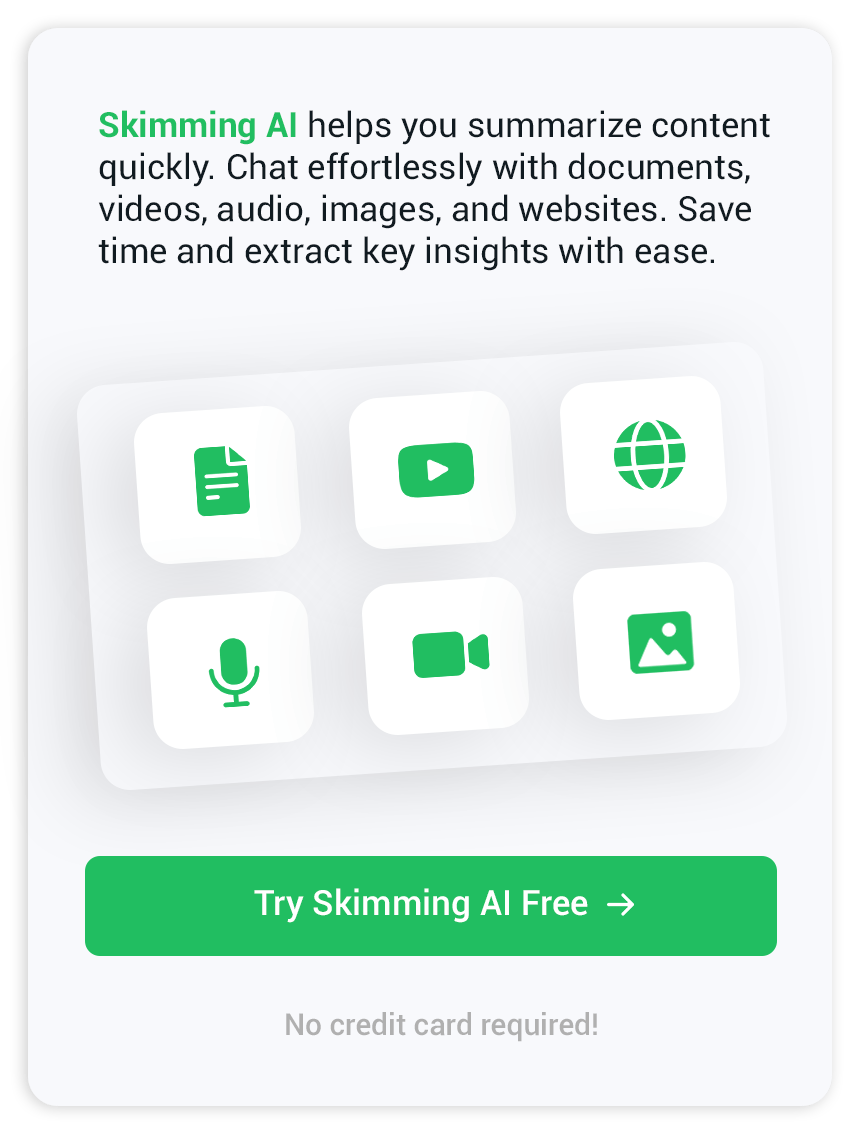Presentation transcript made fast and easy for every meeting
Why a Presentation Transcript Matters
If you have ever scrambled to remember what was said during a conference talk or needed to share the contents of a slideshow with a colleague, a presentation transcript becomes incredibly helpful. Whether you are researching, preparing for a follow-up, or simply want a clean text record to use for notes and summaries, getting a reliable presentation transcript lets you quickly review or reuse the spoken content without watching the full presentation again.
Main Methods to Get Your Presentation Transcript
Presentation transcripts can be created in several ways, depending on the format of the presentation and your need for accuracy. If you have access to the original slides as a PowerPoint or PDF, some tools can extract speaker notes, slide text, or even generate a transcript based on embedded audio commentary. For live presentations or videos, speech recognition technology is commonly used to capture every word spoken and turn it into raw text.
Transcripts from Presentation Files
When the presentation is saved as a PowerPoint, slides often contain speaker notes that outline talking points or the exact speech the presenter used. Services exist that scan these files for speaker notes or text and compile them as a transcript. If you are working with a PDF file, the text can be copied out, though this usually lacks any spoken extra information unless the notes are embedded in the document.
Some users prefer tools designed to interpret slides and provide a transcript or summary. For instance, if your main interest is a text-based summary from a PowerPoint, services like ppt summarizer can distill the content for you and sometimes pull relevant speaker notes. These summaries are helpful for quick reference and sharing core points with others.
Transcribing from Recorded Presentations
For presentations captured as video or audio recordings, transcription involves extracting every spoken word as text. Automated speech recognition tools can process video or audio files to generate these transcripts. Some popular meeting platforms and lecture capture systems offer built-in transcription features, which can be especially useful after webinars or online classes. If your recording is on YouTube, various online tools can fetch and present the auto-generated transcript for the video, making it simple to copy and review. Tools like a YouTube summarizer let you pull text segments or summaries directly from public links without manual typing.
Audio-only versions, such as podcasts or voice memos, can also be transcribed. Many audio-focused tools support this need, turning lectures or interviews into searchable text.
Instant Transcripts from Live Talks
Capturing transcripts during live events is a bit trickier, but possible. Some people use dictation features on their devices to record and transcribe speech in real time. The accuracy may depend on sound clarity and the tool used. After the session, you can upload the recorded file to an online transcript service to receive a clean written version. To organize a presentation transcript after a live or recorded talk, media files can be processed through specialized services, including those that handle document chat or other formats.
How to Use a Presentation Transcript
With your transcript in hand, you are better equipped to extract key information, draft meeting notes, or create study materials. You might also use the text to search for specific references or quotes without ever needing to replay the original presentation. For accessibility and sharing purposes, transcripts help reach wider audiences, including those who prefer reading over listening or watching.

